In the land of the super-size fries and all you can eat buffets, it’s no wonder that Americans are notorious for their tendency to overeat. According to the Centers for Disease Control and Prevention, about a third of American adults are obese. The bad habit of feasting on these big meals makes it difficult to get a handle on portion control. With gargantuan restaurant servings and economy size food containers, serving size guidelines are bypassed and overlooked.
For those who are serious about establishing a healthy lifestyle, trying to shed some pounds, or keep disease like diabetes at bay, it is important to portion your food properly. Here are some helpful tips on how not to overindulge:
Three Square
If your eyes are bigger than your stomach when you are loading your plate up, it may be because you aren’t eating regularly enough. Be sure to eat at least three meals a day so you aren’t starving when the next meal rolls around and you can use restraint. Extreme hunger can also cause you to eat too quickly. If you are racing through your meal you may blow by that chance for your stomach to send the “I’m full” signal to your brain.
In Top Form
Health suggests making carbs the topper instead of the base of your meal. For instance, fill your plate with stir fry veggies and then top it off with brown rice or noodles instead of the other way around. Or fill a bowl with fruit or yogurt and then sprinkle some granola or cereal on top rather than vice versa.
Check Your Bags
Don’t eat directly from the bag. If you open that bag of chips or pretzels, be mindful enough to take out a serving and close it up to keep you from going back for seconds. Eating from the bag can lead you to eat up to 50% more according to a study from Cornell University. You may be surprised what a portion size actually is and how many servings a bag actually contains. If you finish off the entire thing, you could be binging ten servings in one round of mindless snacking.
Eating Out
Portions at restaurants tend to be much larger than what you would normally serve yourself at home. There are some tricks to keep it healthy and enjoy yourself while out on the town. When dining out choose an appetizer for your dinner. If that isn’t an option, order an entrée and share it with a friend. Not only will your restaurant bills be smaller, but so will your waistline. If there aren’t any takers on splitting a dish, you can always order a meal and take half home. It is always best to box half of it immediately so you aren’t tempted to eat everything on the plate.
Liquid Diet
In many instances, you may actually be craving water rather than food. Before diving into a plate of food, try having a glass of water and see if you need to quench your thirst rather than stave off hunger pangs. The liquid in your stomach will make you full and can keep you from overeating. Plus, everyone could stand to drink more water. Another way to fill yourself up is to have a bowl of soup before a meal. As long as you choose a healthy soup like a vegetable minestrone, lentil, or a bone broth over something heavy like clam chowder, you will be filling up without adding a lot of calories.
In The Moment
Multi-tasking has its merits throughout the day, but meal time should be a break from everything else. It’s best not to watch TV, read, or computer surf while eating. Health cited a study that those who watched TV while eating tended to eat more than those who concentrated on chowing down. Focus on the task at hand, which is to nourish your body and enjoy your food. Be present. You may even enjoy talking to the company you are with. In addition, you will be able to notice when you are full and stop before you overeat.
Filler Up
If you are hungry and looking for a large meal, fill your plate with veggies or fruit first. That leaves less space for binging on fat or carbs. Loading up on vegetables is a low-calorie way to fill your stomach, plus get fiber and nutrients that will keep you full. You can even beef up your recipes by adding vegetables to stretch your dishes, such as mixing carrots into a chicken stir fry or meatloaf, adding zucchini to a lasagna, or using cauliflower in mashed potatoes.
Small Potatoes
Years ago portions were smaller. Some of it may have had to do with the size of the plates or the shape of them. TV dinners in the 1950s had containers where the food was actually portioned out in sections so that each food group was measured out. Today a plate of food should emphasize high fiber, low inflammatory /low glycemic foods. A healthy plate of food would contain minimally half veggies, very low starch/sugar , and one-quarter protein with healthy fats such as coconut fats. There are special portion control plates you can purchase nowadays if you want something to keep you honest. A study at the University of Calgary found that 17% of participants lost 5% or more of their body weight in six months when using these dishes. However, an easy way to cut back on food is using smaller plates. A food lab study at Cornell University found that using small plates can result in a 30% reduction in food consumption. With a smaller plate, your brain thinks you are eating more when there is less actual food on the dish.
For Good Measure
Using your palm or a deck of cards to eyeball a 3 oz. portion, or imagining a baseball or your fist as a way to measure out a cup of rice on your plate is good in a pinch. However, if you want to be precise, get those measuring cups out. It is a good idea for you to get used to seeing how much a cup or portion of your favorite food really is. You may realize you have been over serving yourself all along. Plus, if you are being exact with measurements, you will know how much sodium, calories, and sugar you are consuming. It isn’t necessary to always measure out your food. Once you have done it a few times, you will know what the proper portions are for each food group and be able to control what you put on your plate.


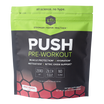

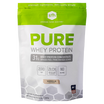
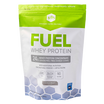

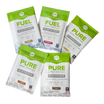


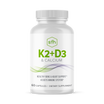

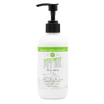
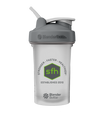

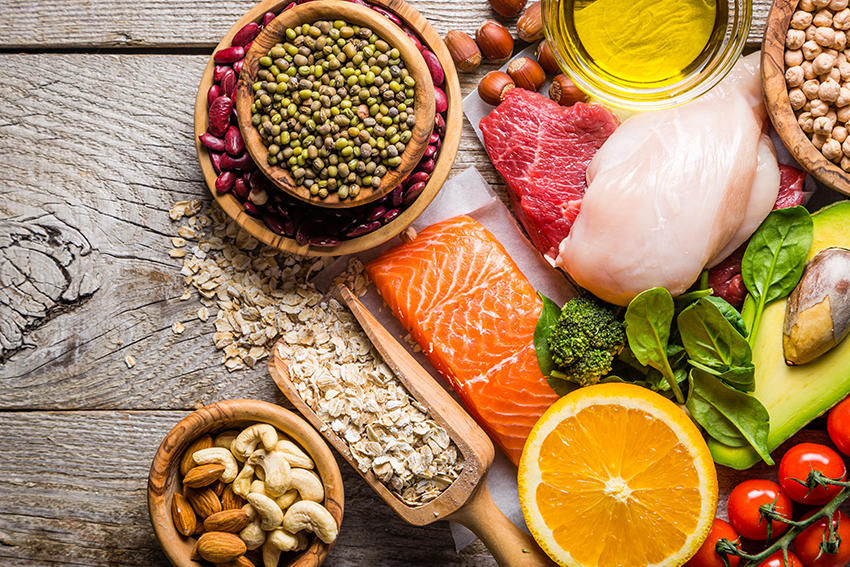

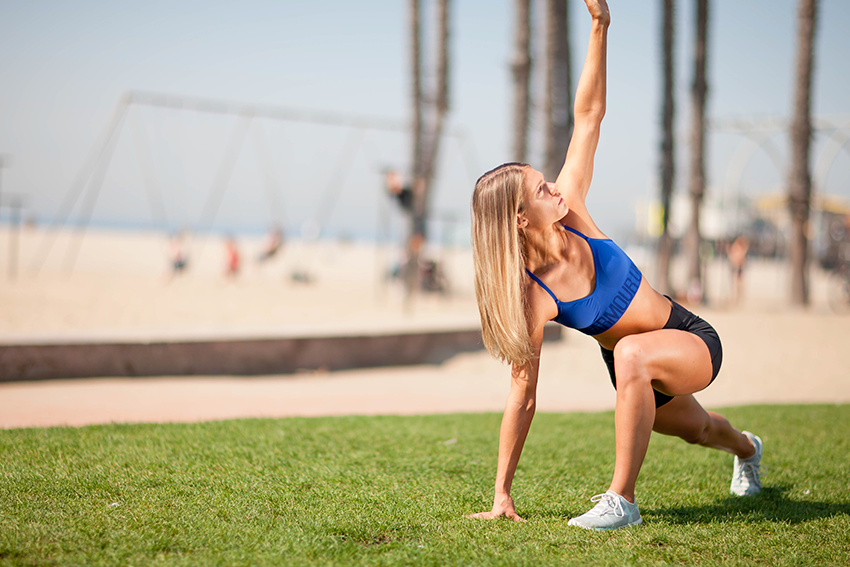
Leave a comment
This site is protected by hCaptcha and the hCaptcha Privacy Policy and Terms of Service apply.